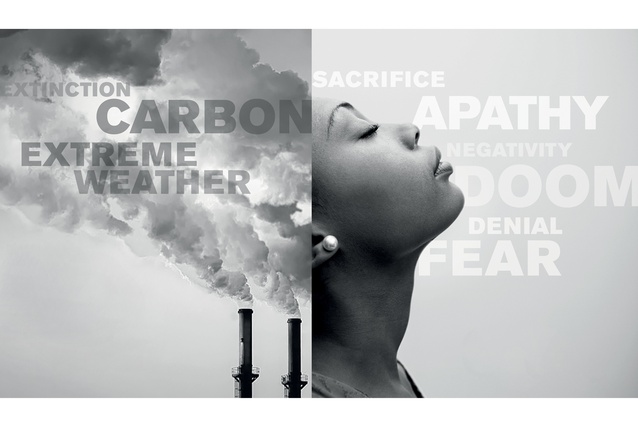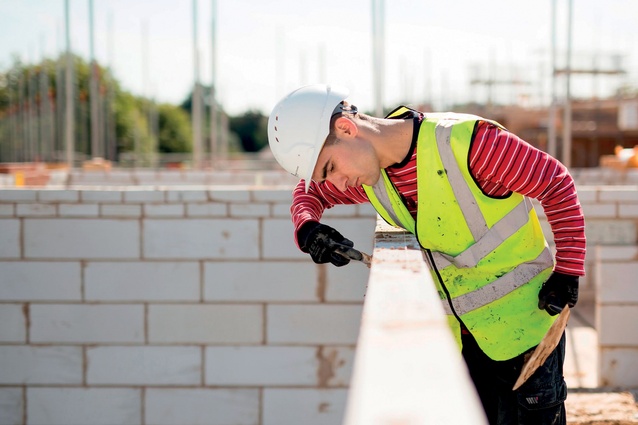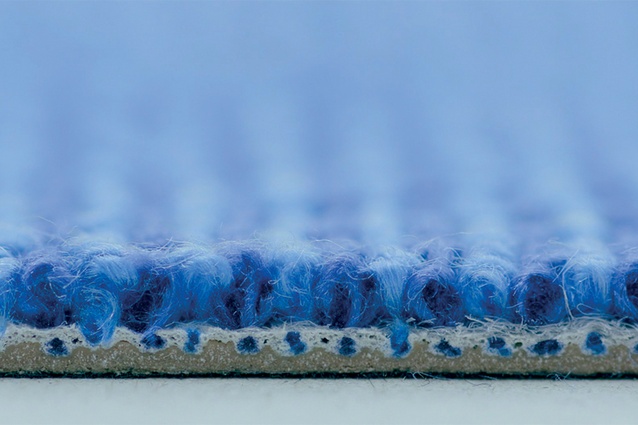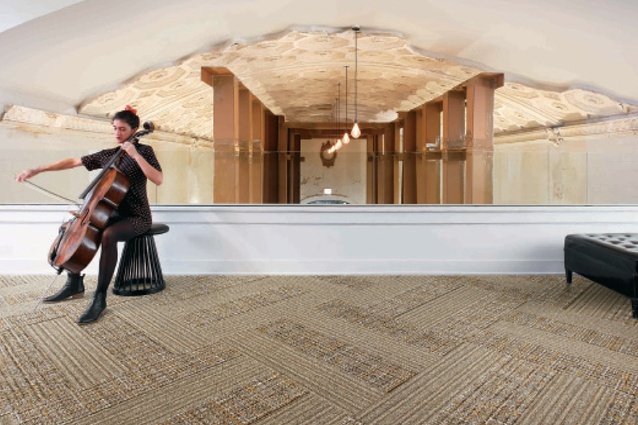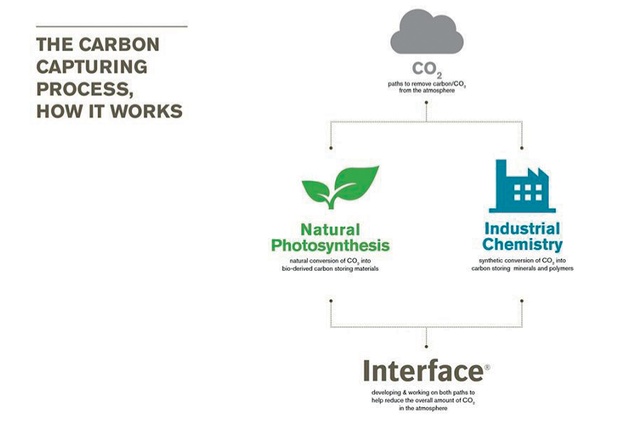Correcting the errors of the past: How carbon sequestration can help us
Partner content: Using already existing CO2 to produce building materials is not far off. Explore how the process might help cool down our planet.
How does carbon sequestration work?
Put basically, carbon sequestration is the process of capturing carbon and putting it into long-term storage. Some methods of sequestration mimic and assist natural processes, such as returning biomass to soil through organic farming methods so that the soil can then absorb carbon, and nourishing the ocean with nitrogen or iron to encourage phytoplankton growth, which absorbs CO2.
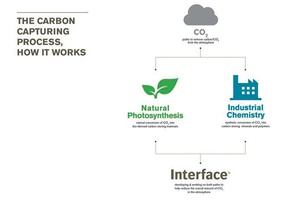
For carbon to be sequestered artificially, it must first be captured and stored in a carbon sink, such as a disused oilfield (more on this later), or used in a way that delays or prevents its re-release into the atmosphere. Carbon zero building techniques use timber, which if burned or rotted, would release carbon into the atmosphere. Instead, the carbon within the timber is retained for many years to come. If the house is designed in an energy efficient manner, it will sequester more carbon than is used in its build, which makes an eco-building a form of carbon sequestration.
It is also possible to create products that are carbon negative, or absorb more carbon than they produce, such as some forms of eco-cement, which have been engineered to mimic the way crustaceans use carbon to create their shells in the ocean. This cement actually absorbs carbon from the atmosphere, and if adopted worldwide in place of common concrete, it could have a huge positive effect on our carbon levels, seeing as cement production is said to produce 9% of global carbon emissions.
Another method is geo-sequestration, which, in very broad strokes, involves burying the carbon underground. Old oilfields and saline aquifers can be used as carbon sinks for this method, and in the case of oil fields, this also has the added benefit for the owner of the field of recovering more oil from the site, but there is a distinct possibility of leakage occurring.
Mineral sequestration is the process that creates limestone in nature, however this is extremely slow. Over time, carbonic acid in groundwater reacts with complex silicates, leaving a residue of clay minerals, which react and create carbonates that organisms use to make their shells. When these organisms die, the shells eventually transform into limestone. Much of Earth’s carbon is contained in limestone. There is ongoing research being carried out to find a way to mimic these reactions. A pilot mineral carbonation plot is underway in Australia.
Some other methods use carbon for other means, such as converting carbon from the smokestacks of coal plants into baking soda, or using algae-based carbon and converting it into feed for animals.
Scientists are busy with this problem, which is not to say we should all carry on as normal until they figure it out. If we all reduce our carbon footprints as much as possible, hopefully combined with sequestration processes in nature and in the lab, we can stall global warming.
Eco-concrete
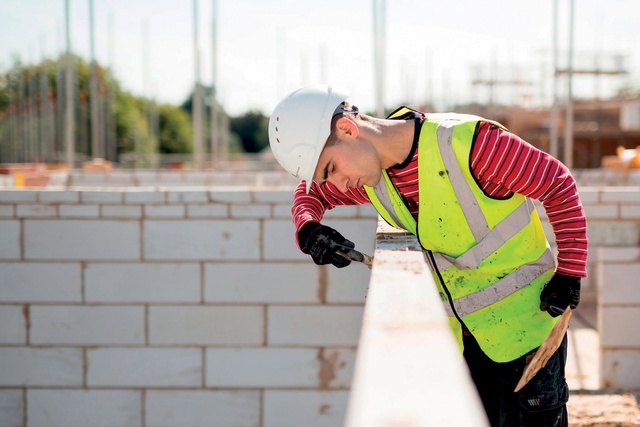
Mineral Carbonation International (MCi) is an Australian company currently developing a form of concrete that uses carbon in its production. Their process involves transforming CO2 from a gas into a solid by compressing it to create a sand-like product that can be used in building products like concrete and plasterboard. This is said to be the same as the natural process caused by weathering on limestone rocks, something that usually takes millions of years. The carbon is secured within the concrete product, just as it is secured within the Earth when it is absorbed naturally.
MCi’s method also echoes the natural process of marine organisms, which use calcium and magnesium from sea water, mixed with carbon absorbed into the sea from the air, to create their shells. When they die and the shells disintegrate, this forms limestone which is a permanent carbon sink.
Like the shells of the sea creatures, MCi’s concrete will absorb and store carbon dioxide as it sets. As it does not require the same high temperatures as are usually needed with concrete manufacture, more eco-friendly processes can be used in its production, such as solar power.
Some research in New Zealand on aged concrete shows that concrete does absorb carbon dioxide even when created in the usual way. This means that recycling old concrete in cement manufacture is another way to sequester carbon, although the recycling method is sure to result in some emissions too.
MCi’s five-year pilot program will be completed in July 2018, so it is hoped that products using this technology will be on the market before too long.
Eco-tiles
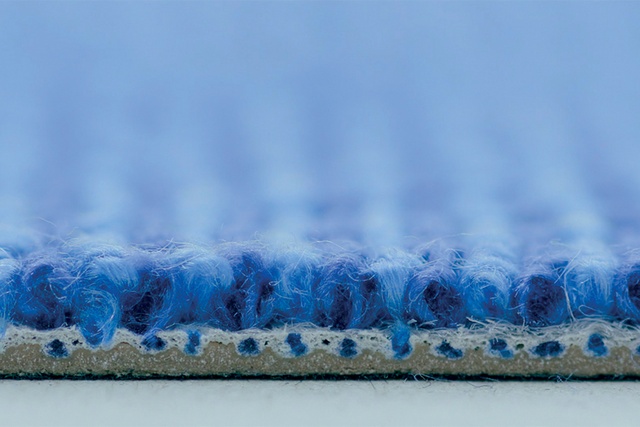
Carpet tile company Interface is serious about reversing the damage done to the climate by greenhouse gasses. Their goal to eliminate any negative impact on the environment from the company’s processes by 2020 is on track, with their latest innovation being a prototype carpet tile which removes more carbon from the atmosphere than if it had not been created.
The Proof Positive tile uses plant-derived carbon converted into a durable material that will store carbon for at least a generation, after which time it can be recycled using Interface’s ReEntry system to create new tiles.
The Proof Positive tile is created by capturing carbon from plants which use natural photosynthesis, resulting in carbon storing materials and polymers. When photosynthesis occurs in nature, the process separates CO2 and water and makes it into oxygen and carbon in the form of sugars. In this way, the carbon is stored until the plant dies, when it is released back into the atmosphere.
Interface’s goal is to stop this cycle and create a closed loop instead, in which the carbon does not get released, and to re-use the materials again and again. The tile uses -2kg of carbon per square metre. If a tile does end up in landfill, the polymers will hold onto the sequestered carbon for more than a generation.
As yet, the Proof Positive tile is a prototype, but it has huge potential if used in place of common carpet tiles around the world.
Ann Smith
Chief Executive Officer, Enviro-Mark Solutions
Ann Smith has a wide-angle view on the future of carbon in our societies. Her work involves verifying the carbon footprints of local companies and testing them against their emissions targets. Also, she keeps an eye on all the ways in which carbon emissions can be reduced, from food choices through to electric vehicles.
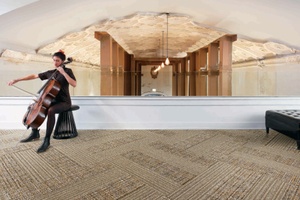
“Choosing what materials you use for construction is really important going forward because all the infrastructure and buildings we are creating now will lock carbon in for 50 to 100 years,” she says. “That includes how we use buildings and whether or not we factor in car parks. In 20 years’ time, you won’t need garages and parking because you’ll call up a car when you need one. So, you can design different types of community without all that space being taken up by vehicles.”
Smith says that looking beyond the needs of the present day is a key way to reduce our emissions. “It is about looking at the design in terms of how we’re going to live in a low-carbon world. Then really looking at how we manufacture concrete and furniture and so on – all that can make big inroads into reducing our overall footprint in the built environment.”
To avoid greenwashing and ensure products truly make a difference, Smith says they must be verified. “It is important that all of these claims have a life-cycle analysis done and obtain verification. People are becoming more familiar with environmental concerns and don’t accept labels as much as they used to. If they are going to make purchasing decisions that cost more because they want to do the right thing, they need to know they are genuinely making a difference.”
ArchitectureNow works with a range of partners in the A&D supply sector to source appropriate content for the site. This article has been supported by Interface and first appeared in Interior magazine.

